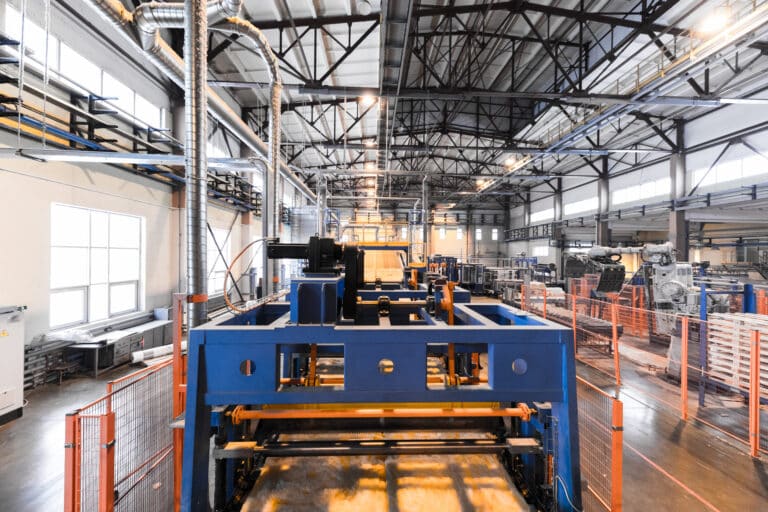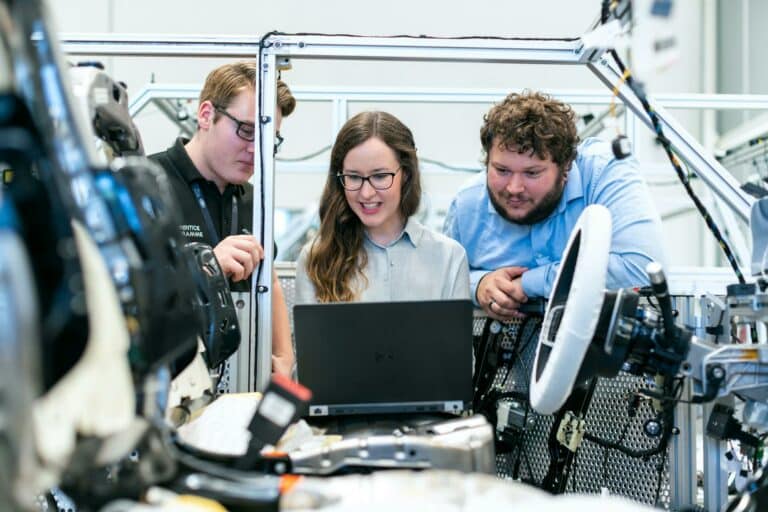Mining is a dangerous and hazardous industry. Every year, countless miners are injured in accidents that could have been avoided if they had the proper safety equipment. A collision avoidance system (CAS) is designed to prevent mining accidents by using advanced technology and real-time data analysis. In this blog post, you’ll discover seven advantages of having a CAS at your mining operation.
1. Increased Safety and Security
One of the primary benefits of having a CAS is that it can help increase the overall safety and security of your mining operation. With a CAS in place, you can be assured that your workers are operating their vehicles safely and avoiding potential collisions with other vehicles or objects onsite.
This helps reduce the risk of injury or death from an accident occurring onsite, as well as minimizing potential damage to expensive equipment.
2. Improved Operational Efficiency
Another advantage of having a CAS is that it can improve operational efficiency by allowing for more efficient vehicle movement around the mine site. By providing real-time data about the location of each vehicle, operators can quickly and easily identify any potential conflicts between vehicles and take corrective action before an accident occurs.
This helps streamline operations, resulting in greater productivity and reduced costs associated with downtime due to accidents or delays caused by congestion at the mine site.
3. Reduced Accident Rates
Accidents are costly, not only financially but also in terms of time lost due to repairs or replacement parts being ordered, as well as any resulting loss in productivity due to personnel being unable to work while recovering from injuries sustained in an accident.
A CAS helps reduce the frequency of accidents by providing operators with real-time information about their surroundings so they can make informed decisions when navigating around the mine site.
4. Lower Insurance Premiums
Having a CAS in place at your mining operation can also result in lower insurance premiums for your business since there is less risk involved for the insurer if fewer accidents occur on-site. Increased safety measures taken by your business, such as implementing a CAS system, can be an effective way to reduce the likelihood of accidents occurring.
Insurance companies may even offer discounts for businesses that have taken additional steps to protect their workers from harm’s way, such as installing a collision avoidance system at their mining operations.
5. Improved Visibility
A CAS provides operators with greater visibility into their surroundings while they are operating their vehicles onsite. This helps them avoid collisions with other vehicles or objects on site more easily since they have real-time information about where things are located relative to themselves at all times. This is an important benefit since, instead of relying solely on visual cues, which may not always be reliable in certain environments like mines where visibility is often limited, workers have more reliable information to rely on.
6. Automated Monitoring
A collision avoidance system allows for automated monitoring of vehicle movements around the mine site which helps managers efficiently keep track of what’s going on without always needing someone physically present to monitor activity which would be very difficult and time-consuming given how large some mine sites may be.
This automated monitoring feature also helps reduce human error, which could potentially lead to costly mistakes being made when manual tracking is used instead.
7. Better Communication
Lastly, having a CAS in place allows for clearer communication between drivers, supervisors, and other staff members since there is less confusion regarding where different vehicles are located at any given time due to its real-time data analysis capabilities.
This improved communication then leads to better collaboration among team members so tasks can be completed faster and without unnecessary delays caused by miscommunication or misunderstanding between individuals working together within an organization.












